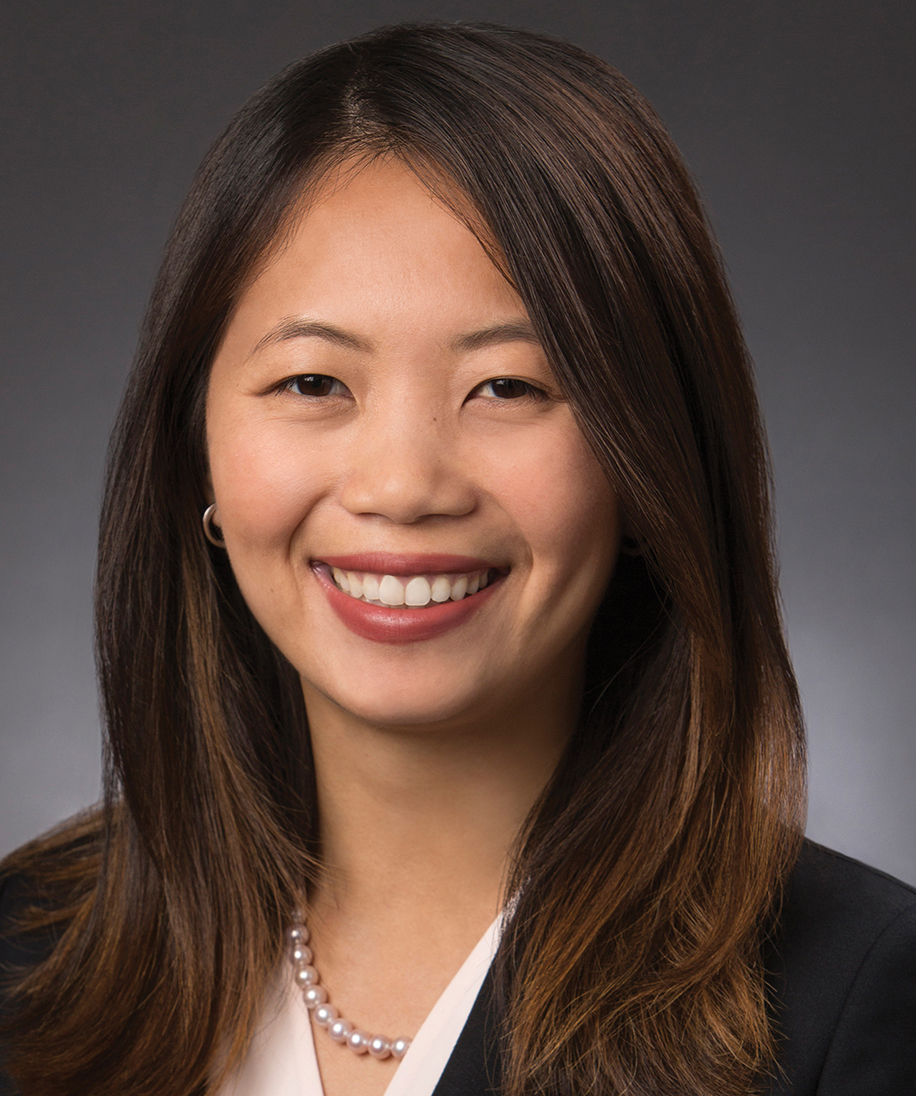International Regulatory Enforcement (PHIRE)
U.S. Department of Commerce Issues Final Rule Suspending Certain Preferential License Exceptions for Hong Kong
August 03, 2020
Tom Best, Behnam Dayanim, Shaun Wu, Quinn Dang, Talya Hutchison
In the latest development in the continuing evolution of U.S.-China economic relations, the U.S. Department of Commerce on July 30, 2020 issued its Final Rule suspending the availability of all License Exceptions for the Hong Kong Special Administrative Region (“SAR”) that provide differential treatment as compared to those available to the People’s Republic of China (“PRC”). The Final Rule formalizes the Department of Commerce Bureau of Industry and Security’s (“BIS”) June 30, 2020 announcement that License Exceptions are no longer available to the extent they provided the Hong Kong SAR differential treatment as compared to the PRC.
Items controlled by the Export Administration Regulations (“EAR”) require a license for certain destinations based on specified reasons of control. If a license for export is required, then a license application must be submitted to BIS. However, there are a multitude of “license exceptions” that permit the export of items without a license where one would otherwise be required. Practically, this final rule has the effect of restricting transfers of items where the transfer would have relied on a license exception to Hong Kong SAR that would not have been available for a transfer to PRC.
Specifically, the following License Exceptions are suspended to the extent they allowed exports or reexports to or from Hong Kong SAR, or transfers within Hong Kong SAR, when they may not be used for exports or reexports to the PRC, or transfers within the PRC:
Shipments of Limited Value (LVS) (§ 740.3);
Shipments to Group B Countries (GBS) (§ 740.4); 3)
Technology and Software under Restriction (TSR) (§ 740.6); 4)
Computers, Tier 1 only (APP) (§ 740.7(c));
Temporary Imports, Exports, Reexports, and Transfers (in-country) (TMP) (§ 740.9(a)(11), (b)(2)(ii)(C, and (b)(5))
Servicing and Replacement Parts and Equipment (RPL) (§ 740.10(a)(3)(viii), (a)(4), (b)(1) except as permitted to Country Group D:5, and (b)(3)(i)(F) and (ii)(C))
Governments (GOV) (§ 740.11(c)(1) – Cooperating Governments only));
Gift Parcels and Humanitarian Donations (GFT) (§ 740.12);
Technology and Software Unrestricted (TSU) (§ 740.13); 10)
Baggage (BAG) (§ 740.14) (except as permitted by § 740.14(d));
Aircraft, Vessels, and Spacecraft (AVS) (§ 740.15(b)(1), (b)(2), (c)); 12)
Additional Permissive Reexports (APR) (§ 740.16(a) and (j)); and
Strategic Trade Authorization (STA) (§ 740.20(c)(2)).
Reexports of items subject to the EAR from Hong Kong under License Exception APR § 740.16(a) are also restricted.
While the elimination of these License Exceptions has the potential to significantly affect U.S.-China trade flows, the Final Rule contains a savings clause for shipments that were on dock for loading, on lighter, laden aboard an exporting or transferring carrier, or en route aboard a carrier to a port of export or reexport on June 30, 2020. Deemed export transactions that were authorized under a License Exception may continue until August 28, 2020, after which such transactions will require a license. These dates remain consistent with those contained in the June 30, 2020 announcement.
The Department of Commerce’s issuance of the Final Rule is consistent with the directive set forth in the Executive Order issued on July 14, 2020 by the President of the United States to revoke such license exceptions. Hong Kong SAR has long served as a transit hub because of its open financial system and low-tax status. The action will now pose unique challenges for companies and exporters, including not only those that export goods to Hong Kong SAR but also those that rely on Hong Kong SAR for transit. A copy of the rule can be found here: https://www.govinfo.gov/content/pkg/FR-2020-07-31/pdf/2020-16278.pdf.
Contributors



